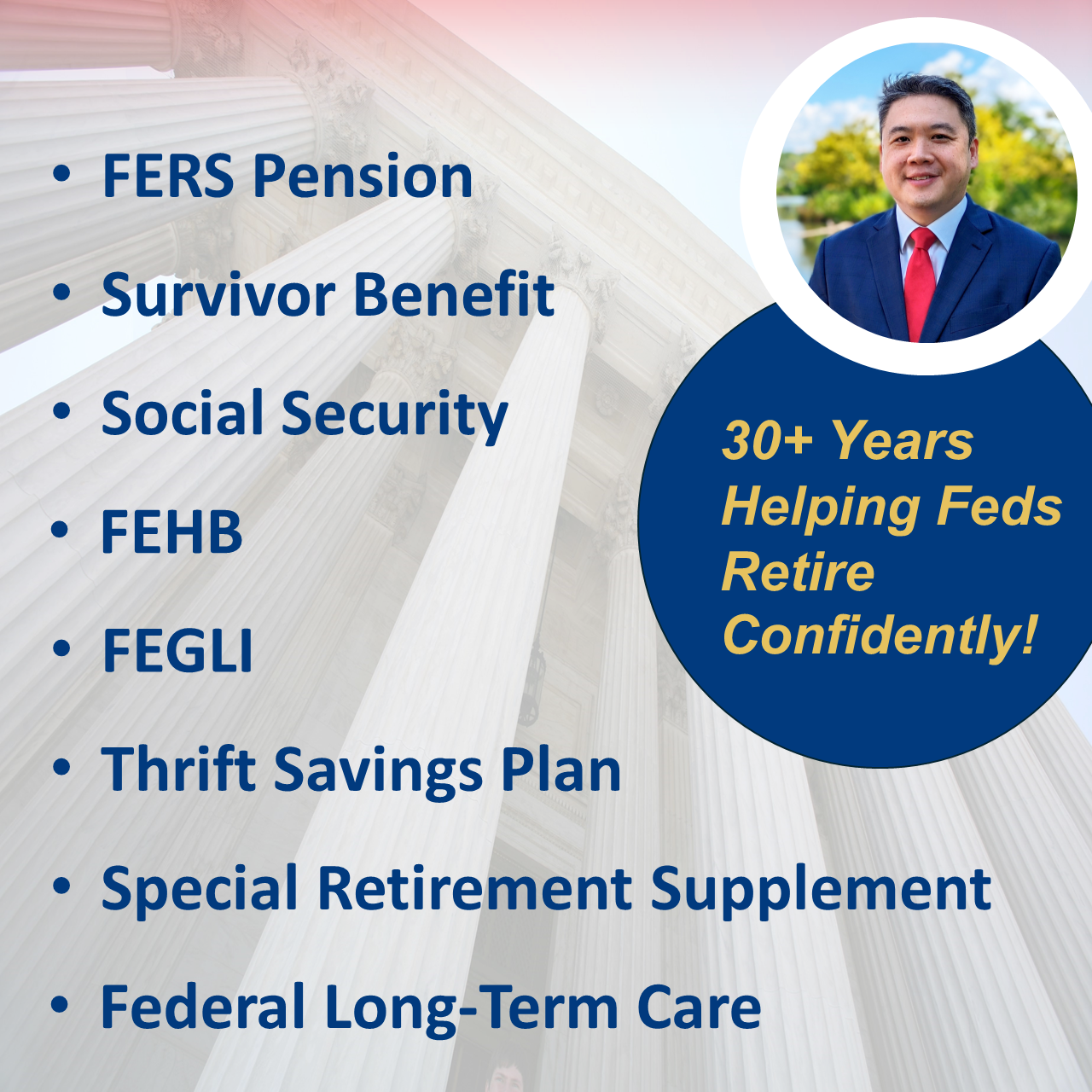Discover the key differences between SES (Senior Executive Service) and the GS pay table. Learn the difference between pay and government in public service.
Understanding SES: Pay, Retirement, and Qualifications in Public Service
The Senior Executive Service (SES) represents a critical component of the U.S. federal government, bridging the gap between the political appointees and the civil service workforce. SES members are typically their agency head, tasked with leading the federal agencies and ensuring the implementation of public policies. This article will explore the structure and function of the SES, including the pay scale and how it differs from the GS pay table and Military pay tables, and will also review the retirement benefits and planning options for members of the SES.
The Senior Executive Service (SES) and How it Functions
The Senior Executive Service (SES) was established to create a corps of executives capable of leading the federal government with a high degree of competence and professionalism. SES positions are unique in that they are designed to ensure that the executive management of the government is responsive to the needs, policies, and goals of the nation. SES members are responsible for overseeing the implementation of government policies and managing the day-to-day operations of federal agencies. They play a crucial role in shaping the strategic direction of their respective agencies and ensuring that the government’s objectives are met efficiently and effectively. To be eligible for an SES position, candidates must demonstrate a set of Executive Core Qualifications (ECQs) that reflect their leadership capabilities. These core qualifications include leading change, leading people, results-driven, business acumen, and building coalitions. Each of these qualifications is designed to assess a candidate’s ability to lead and manage in a complex federal environment. The SES Candidate Development Program is one pathway through which potential SES members may develop these qualifications, preparing them for the challenges of career senior executive roles.
How Does the SES Differ from GS-15 Level Supervisory Positions?
While both SES and GS-15 positions are high-level roles within the federal government, there are significant differences between them. GS-15 positions are part of the General Schedule (GS) pay scale, which is the predominant pay scale for federal employees. In contrast, SES positions are not part of the GS scale and have a separate pay structure. SES members are expected to take on broader responsibilities and have a greater impact on policy and decision-making processes compared to GS-15 employees. Additionally, SES positions often require a higher level of leadership and strategic thinking, as they are responsible for guiding the direction of entire agencies. They oversee large teams, manage significant budgets, and ensure that their agencies meet their strategic goals. SES members are also involved in advising political leaders and contributing to the development of national policies. Their roles require a deep understanding of the agency’s mission and the ability to navigate complex bureaucratic environments.
Retirement Benefits: The Senior Executive Service is Covered Under FERS
So long as they were hired in 1986 or later (with no CSRS component), career SES members have the same FERS benefits as GS employees at the senior level. This means if they lost their position due to a Reduction in Force (RIF), executive feds are eligible for discontinued service retirement benefits and possibly an early retirement through VERA and a VSIP (Voluntary Separation Incentive Payment), if offered. Senior Executive Service Qualifications for the position allow the same retirement options as normal feds. These individuals can receive a lump-sum payment for refunded FERS contributions
Estimate your federal retirement income with our FERS calculator!
How is SES Pay Structured and What are the Pay Rates?
SES pay is structured differently from other federal pay scales, reflecting the high level of responsibility and expertise required for these positions. The SES pay scale is linked to the Executive Schedule, which determines the pay rates for top federal officials. SES pay is divided into several levels, with Level I of the Executive Schedule being the highest. Pay adjustments for SES members are based on performance appraisals and the agency’s budgetary constraints. The Office of Personnel Management (OPM) provides guidance on SES pay rates, ensuring that they remain competitive and fair. Although SES would qualify for locality pay, because of the maximum rate of pay, there is only a small group of career senior executives who see locality boost.
Meet with a Fed-Expert Financial Advisor.
SES Salary Rates: 2025 Aggregate Compensation Limit
Several factors influence SES pay rates, including the individual’s performance, the agency’s budget, and the level of responsibility associated with the position. Performance appraisals play a significant role in determining pay adjustments, as they assess the SES member’s effectiveness in meeting their agency’s goals. Additionally, the Executive Schedule sets the maximum and minimum pay rates for SES positions, providing a framework for agencies to determine appropriate compensation levels. Agencies must also consider the need to attract and retain top talent when setting SES pay rates. The 2025 annual aggregate compensation limit is equivalent to that of Level 1, $250,600. For those covered by the certified appraisal system, it is equivalent to that of the Vice President’s annual salary, $289,400. This is a higher aggregate annual limit than 2024.
How Does SES Pay Compare to Other Federal Pay Scales?
SES means higher pay, greater power, and more responsibility. SES basic pay is generally higher than that of GS-15 positions, reflecting the increased responsibilities and leadership expectations of SES members, similar to that of a CEO in the private sector. While GS-15 employees are compensated based on the General Schedule, SES members have a separate pay scale that allows for greater flexibility in setting compensation levels. This flexibility is necessary to attract individuals with the skills and experience required to lead federal agencies effectively. The SES pay scale was designed to be competitive with private sector executive compensation, ensuring that the government can recruit and retain top talent.
Award Winners: How Performance Awards and the Presidential Rank Award Work for SES
Performance awards and the Presidential Rank Award are key components of the SES compensation system, recognizing and rewarding exceptional performance by SES members. These awards are designed to incentivize high performance and encourage SES members to strive for excellence in their roles. The performance appraisal system plays a crucial role in determining eligibility for these awards, ensuring that they are awarded based on merit and achievement. SES performance awards are monetary bonuses awarded to SES members who demonstrate exceptional performance in their roles. These awards are determined based on the individual’s performance appraisal, which assesses their effectiveness in meeting their agency’s goals and objectives. SES performance awards provide a financial incentive for SES members to excel in their roles and contribute to the success of their agencies.
Executive Qualifications and Performance Management: Process for Becoming a Career SES Appointee
The process for becoming a career SES appointee involves several steps, including meeting the Executive Core Qualifications (ECQs), gaining relevant experience, and successfully navigating the selection process. Candidates typically begin by applying to the SES through their respective agencies, demonstrating their qualifications and leadership capabilities. The selection process includes a review by the Qualifications Review Board, which assesses the candidate’s ECQs and determines their eligibility for SES positions. Successful candidates are then appointed to the SES, where they begin their careers as senior leaders in the federal government.
Reach Out to Us!
If you have additional federal benefit questions, contact our team of CERTIFIED FINANCIAL PLANNER™ (CFP®) and Chartered Federal Employee Benefits Consultants (ChFEBC℠). At PlanWell, we are federal employee financial advisors with a focus on retirement planning. Learn more about our process designed for the career fed.
Preparing for federal retirement? Check out our scheduled federal retirement workshops. Sign up for our no-cost federal retirement webinars here! Make sure to plan ahead and reserve your seat for our FERS webinar, held every three weeks. Want to have PlanWell host a federal retirement seminar for your agency? Reach out, and we’ll collaborate with HR to arrange an on-site FERS seminar.
Want to fast-track your federal retirement plan? Skip the FERS webinar and start a one-on-one conversation with a ChFEBC today. You can schedule a one-on-one meeting here.










